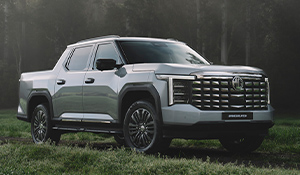FLASHBACK - 2005 Volvo XC70 AT concept
Words: Mike Ryan
Photos: Volvo Cars North America
Back in the early 2000s, Volvo’s creativity was in overdrive. The famously staid and conservative Swedish carmaker presented a series of wacky concepts at the annual SEMA aftermarket industry trade show. Most were pure fantasy, but one – the ‘XC70 AT’ concept – could have, and perhaps should have, become a reality…

At SEMA 2005, the XC70 AT concept was unveiled alongside the ‘T6 Roadster’ open wheel concept that was part classic hot rod and part science fiction. Unlike the similar Plymouth Prowler from a decade earlier, the T6 was no chance of making it to production.
The XC70 AT concept was based on a 2005 XC70 SUV. The ‘AT’ stood for ‘All Terrain’, indicating how the vehicle’s off-tarmac capabilities could be ramped up.
For those unfamiliar with a 2005 XC70, it was an SUV in the same way that a Subaru Outback from the same period was an SUV, ie. more of a station wagon with car-like performance and AWD capability than a heavy, high-riding, body-on-frame vehicle with compromised comfort and handling.
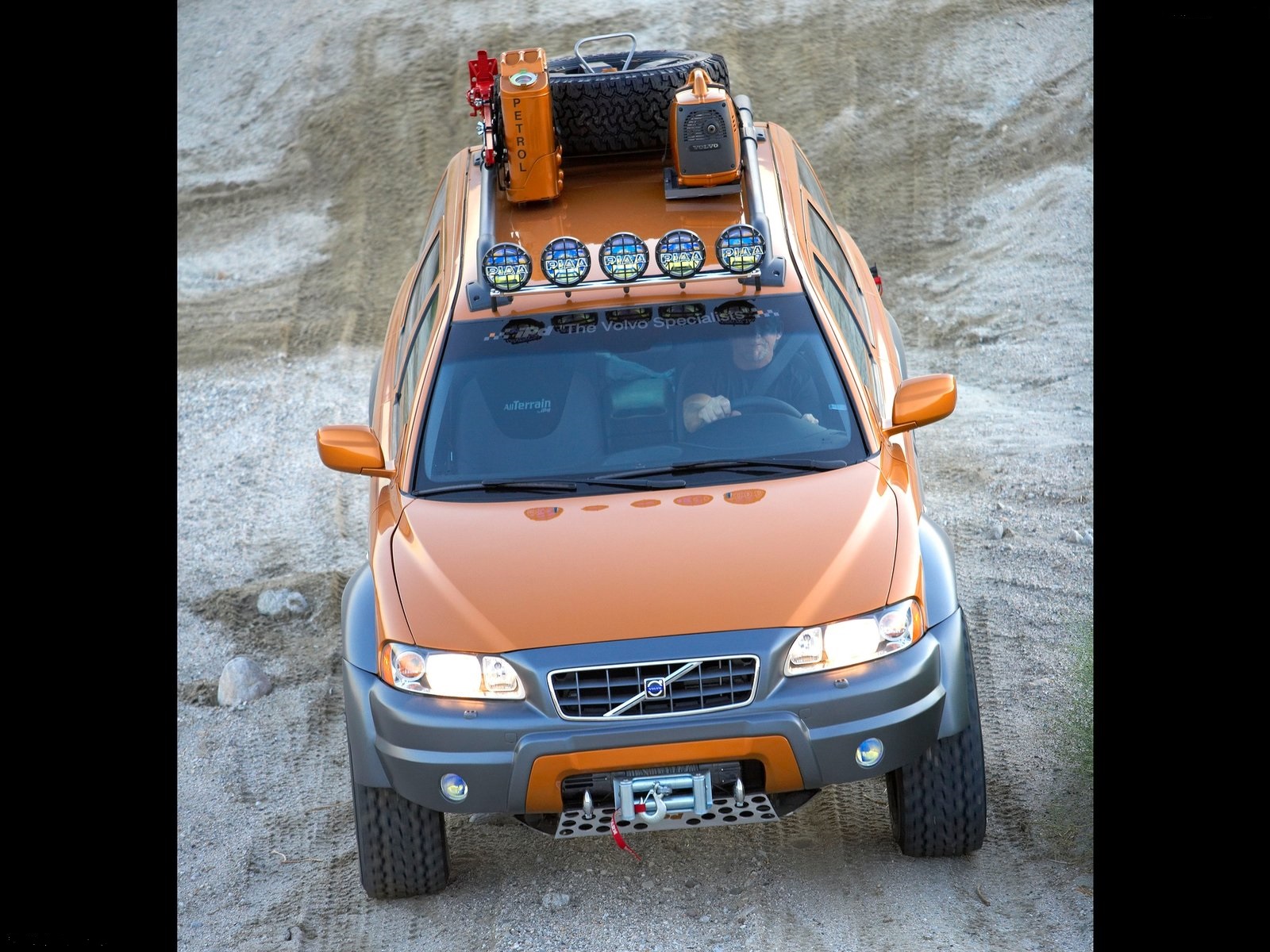
Baja Inspiration
The idea for the AT came following the global media launch of the 2005-model XC70. Volvo Car Corporation (VCC) chose Mexico’s Baja peninsula to unveil the SUV early that year, with the press covering much of the same terrain used for the annual Baja 1000 off-road race. According to VCC, the XC70 passed the three-day launch event with flying colours, but it also posed the question of how much further the platform could be pushed.
"It's one thing to carefully pick your way over a ravine," said Soren Johansson, then Manager of Public Affairs at Volvo Cars North America (VCNA). "It's something else completely when you have the ability to fly over it. And that's what the XC70 AT is meant to do."
Most of Volvo’s SEMA concepts up to that point had been produced by third-party providers to VCC and/or VCNA commission. The XC70 AT would be no exception, with US-based Volvo parts specialists, ipd, given the job of making the SUV more suitable for extreme off-road work.

Founded in 1963, ipd still exists today, supplying high-quality replacement parts, performance upgrades and kits for Volvos. They also stock parts for other European marques, but Volvos have been ipd’s specialty, so they were the natural choice to collaborate on the AT project.
As the seed for an XC70-based concept was only sown after the MY25 model launch, it left a narrow, four-month window to design, engineer and complete the project in time for unveiling at SEMA that November.
The first job for ipd in bringing the XC70 AT concept to fruition was creating a series of sketches. These were then submitted to VCNA management for approval. Once they signed off, work began, using a brand-new XC70 wagon as a base.

(Much) More Power
Already well-versed in engine tuning and performance upgrades, ipd took the XC70’s standard 2.5-litre inline five-cylinder engine and completely rebuilt it. In standard form, this produces around 207hp (154kW), but the V70 R sports wagon winds that up to 300hp (223kW), showing more could be extracted.
Ultimately, ipd extracted a LOT more - a claimed 408hp (304kW) at 6,200rpm. This was achieved thanks to a larger Garrett GT2835R turbocharger, freer flowing exhaust and Stage III ECU upgrade. The latter was a combination of ipd’s own expertise and engine management software from Swedish company, MTE.
To complement this, an Aquamist in-cylinder intercooling system and extra-large, top-mounted intercooler were fitted, along with a low restriction, 3-inch stainless steel exhaust system that delivered a note similar to that of the V8-powered XC90 SUV.
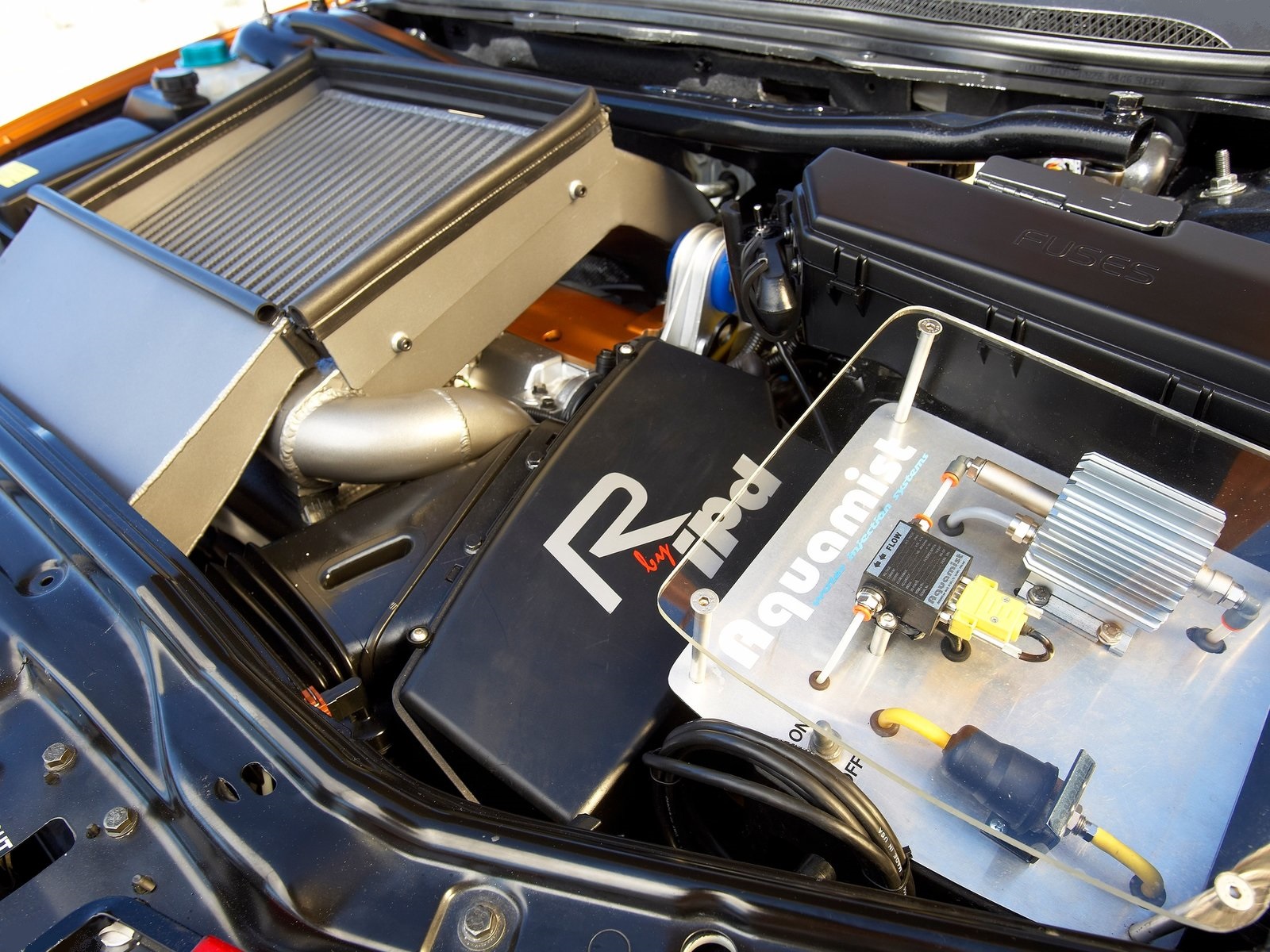
Along with the massive boost in power, these upgrades increased maximum torque to 398lb/ft (539Nm) at 4,000rpm, compared to just 236lb/ft (320Nm) at up to 4,500rpm in factory form.
To handle the extra torque, the XC70’s five-speed automatic transmission was replaced with a sturdier six-speed unit from the XC90 and V70 R. From this, a Haldex AWD set-up provides drive to all four wheels. If any tyre is detected to slip more than one seventh of a full rotation, the Haldex system automatically allocates torque to tyres with the most traction.
Rolling stock was upgraded from the factory 16-inch alloys to 20-inch XD wheels from US company KMC, enhanced with 285/50-20 BF Goodrich All Terrain tyres. Brakes were upgraded to 13-inch cross-drilled rotors with four-piston Brembo calipers at each corner.

Rise and (Sun) Shine
Underpinning the stock XC70 is Volvo’s ‘Four-C’ adaptive chassis ride system. This already offers a choice of Sport and Comfort ride modes that ipd tweaked on the AT concept to accommodate a fully-independent air ride suspension system. This provides four inches (10.1cm) of ride height adjustment, which combined with an ipd four-inch lift kit, means the AT concept could ride up to eight inches (20.3cm) higher than the XC70 it’s based on.
To minimise body roll, ipd 25-mm front and 28-mm rear anti-sway bars were also fitted.
If you were unfamiliar with a 2005 XC70, you’d think the bodyside cladding, wheelarch flares and bumpers on the concept were factory items. No so. They were designed and fabricated by ipd to complement the factory body lines while providing a suitably rugged look.

The front bumper was specifically shaped to hold a 10,000lb Warn winch, with ipd fabricating the front skidplate, too. The roof rack is another bespoke piece from ipd, holding a spare wheel, high lift jack, jerrycan and 1000w generator. At the leading edge of this, a set of five PIAA 520 spotlights were added to light up the trail ahead.
Saffron paint that covers the upper portion of the XC70 AT concept makes it stand out and was said to be inspired by the sunsets seen on the Baja peninsula during the XC70’s launch. With flecks of yellow, red and silver, this colour has some history with Volvo, being originally seen on the C70 coupe from 1997. For those bespoke lower body add-ons, satin finish Titanium paint made a nice change from the usual black cladding applied to most SUVs back then, as it still is today.
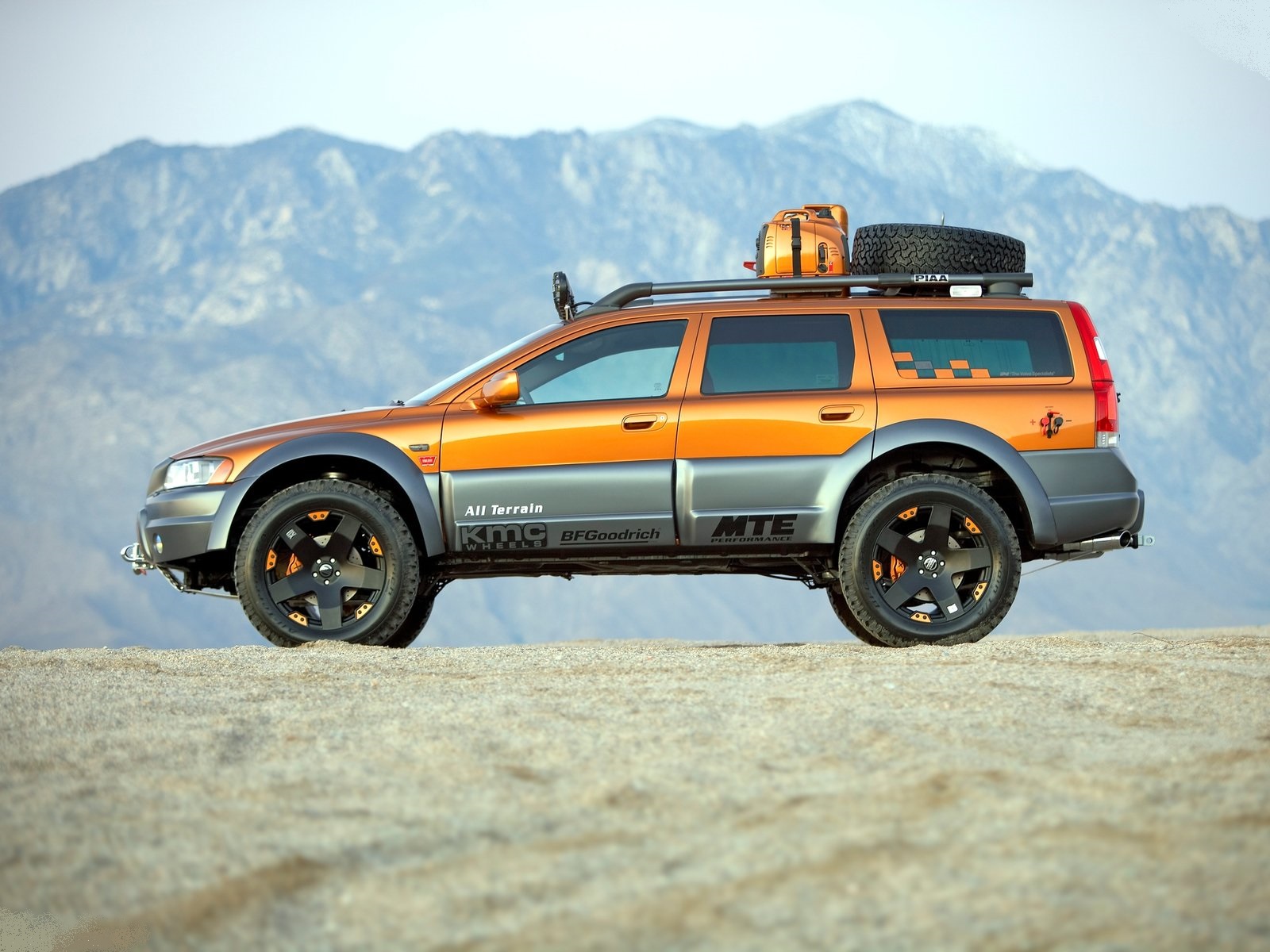
Wet Work
Inside the XC70 AT concept, changes were minimal, with the main difference being swapping out the leather seat trim for neoprene material used on wetsuits. To make the concept look a little more utilitarian, the XC70’s factory timber dash trim was replaced with brushed aluminium pieces lifted from the V70 R.
Finally, with safety being at the core of Volvo’s identity, all the active and passive safety tech was retained for the concept.
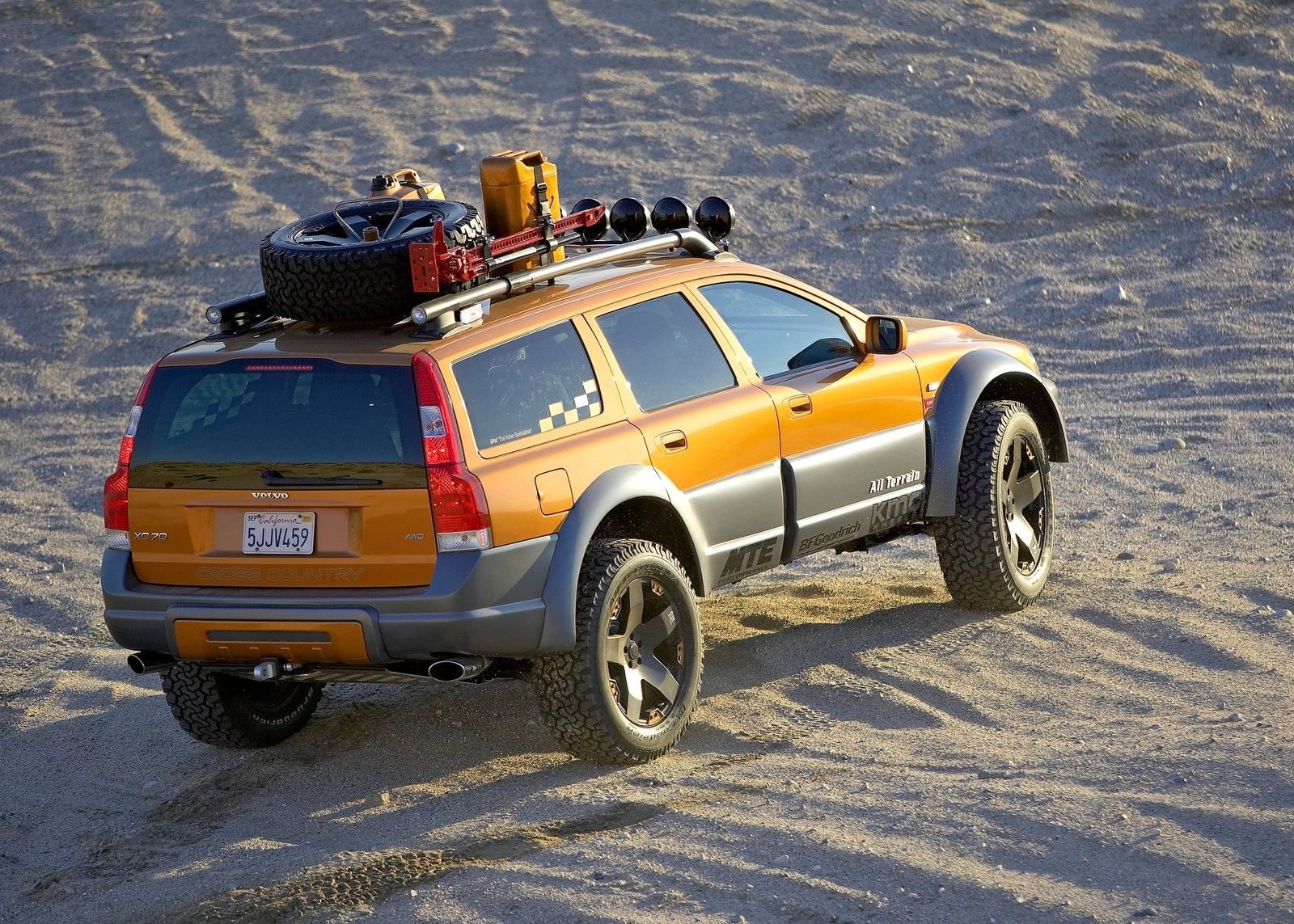
"It wouldn't be a Volvo, and we wouldn't want the ipd name associated with the end product, if the vehicle's safety systems weren't in working order," noted Scott Hart, ipd Volvo Division Leader.
Standard safety tech on an XC70 from 2005 included things like ABS, EBD, Traction Control, seatbelt pre-tensioners and six airbags. Bear in mind we are talking about a vehicle that’s now almost 20 years old, so it’s not as loaded on the safety front as current Volvos are.

The Reveal - and Disappointment
Upon its unveiling at the 2005 SEMA show, it’s fair to say the XC70 AT concept was outshone by the T6 Roadster concept presented alongside it. Still, enough people noticed it to make an impression, with the concept doing the rounds of automotive magazines and enthusiast websites at the time.
"What we've done with this vehicle is to take the already rugged XC70, a cross-over known for its all-weather capability, and transform it into the ultimate all-wheel-drive vehicle," said Anne Belec, President and CEO of VCNA.

Belec added there were no plans to bring the Volvo XC70 AT to production ‘currently’. That last word left the door ajar, so enthusiasts got their hopes up. However, nothing more has come from Volvo in almost 20 years, despite the concept looking so “right” as a production vehicle. Undeterred, some enthusiasts have used the XC70 AT concept as a template to transform their own XC70 SUV into something similar.
It’s a reference only hardcore fans of the Swedish carmaker will understand, but the XC70 AT concept could have been Volvo’s TP21 ‘Sugga’ for the new millennium.






